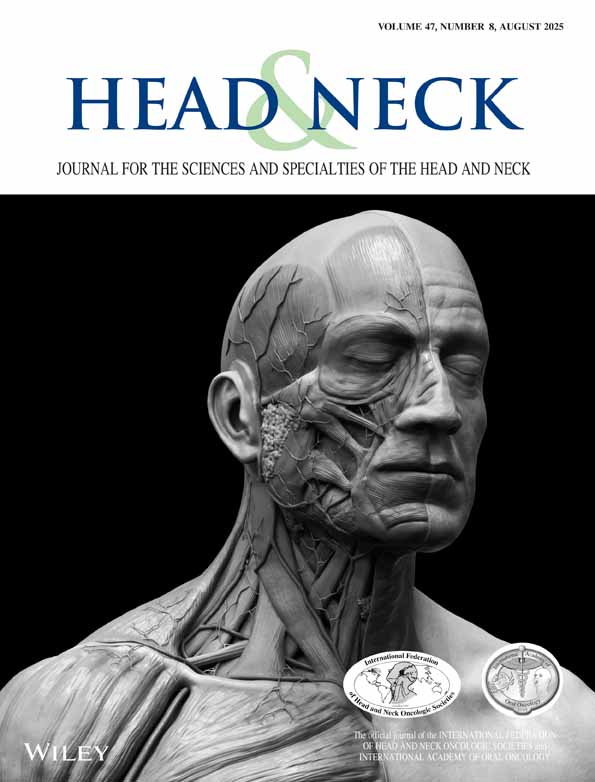High-resolution imaging of the thyroid gland using optical coherence tomography
Abstract
Background.
Current diagnostic imaging modalities of the thyroid gland cannot reliably distinguish benign from malignant lesions, primarily because of their inability to visualize microscopic structure. A high-resolution imaging technique capable of examining thyroid tissue architectural morphology in real time is needed. Optical coherence tomography (OCT) has been shown to achieve high resolutions approaching the cellular range (1–15 μm). The feasibility of optical coherence tomography for imaging thyroid tissue was explored ex vivo on the human thyroid gland.
Methods.
High-resolution OCT was performed in real time at 2 to 4 frames per second on three postmortem and 15 surgically excised thyroid glands containing normal, hyperplastic, and neoplastic tissue. OCT images acquired were compared with those obtained using standard histopathologic methods.
Results.
The microstructure of the normal thyroid gland, including colloid-filled follicles as small as 15 μm and their supporting stroma, was clearly identified. OCT images of degenerative, hyperplastic, adenomatous, and malignant change within the thyroid gland were shown to correlate well with corresponding histopathologic findings.
Conclusions.
The ability of OCT to image thyroid tissue microarchitecture makes it a potentially powerful technology that can be used to assess the thyroid gland at a resolution greater than currently available clinical imaging modalities. © 2004 Wiley Periodicals, Inc. Head Neck 26: 425–434, 2004




